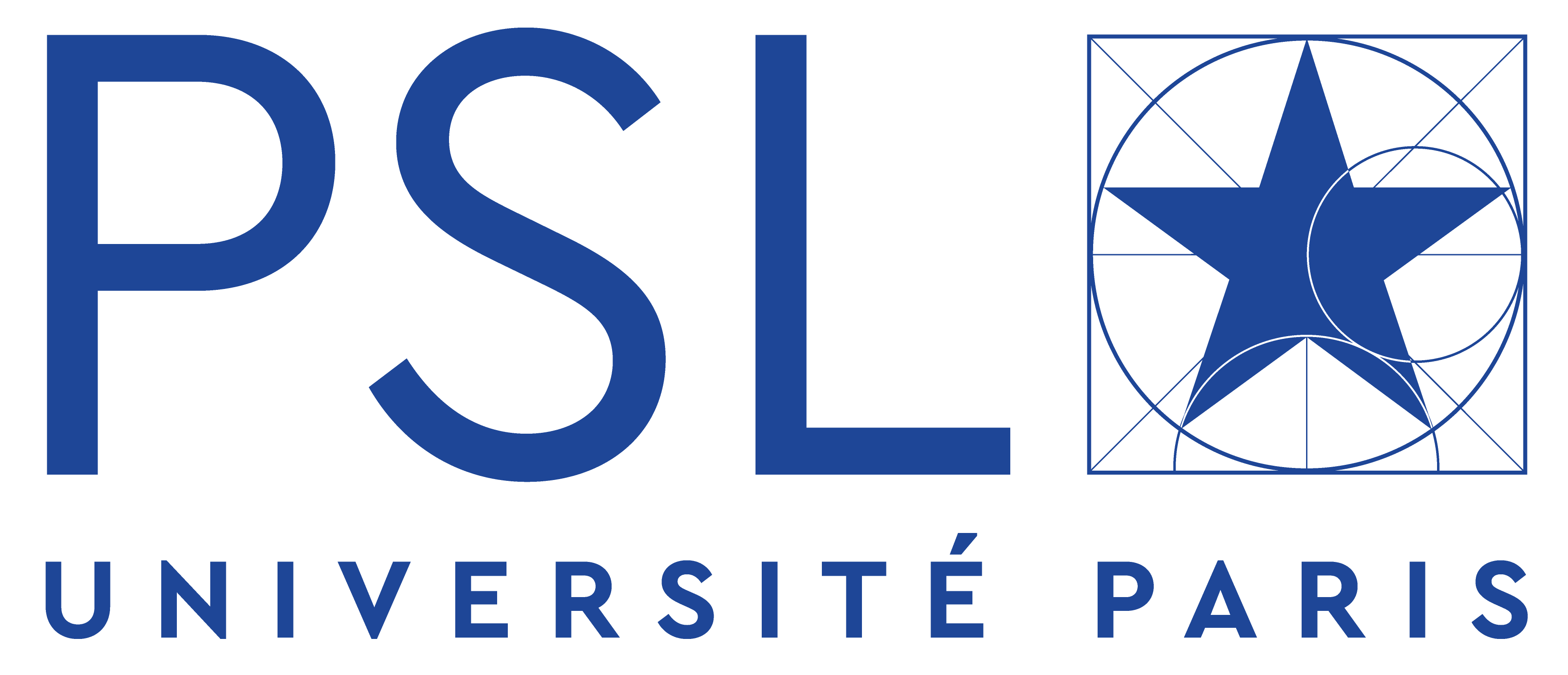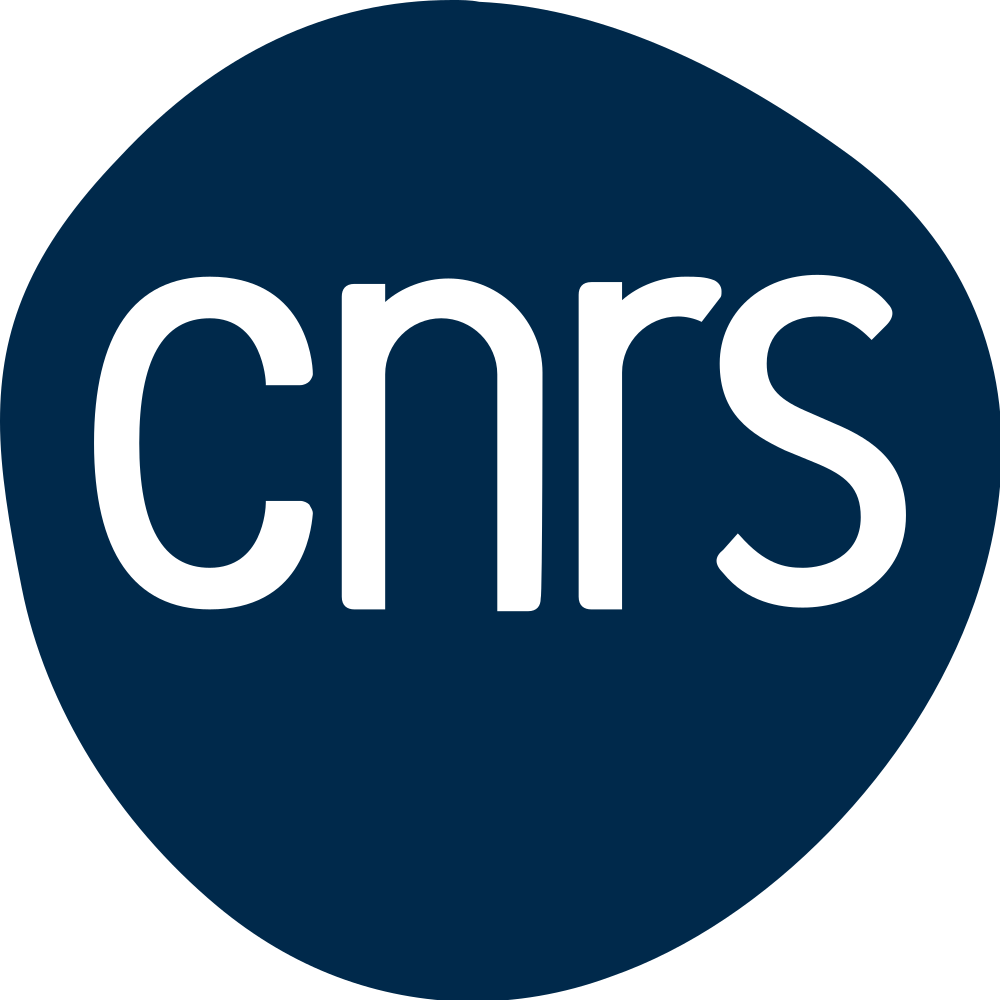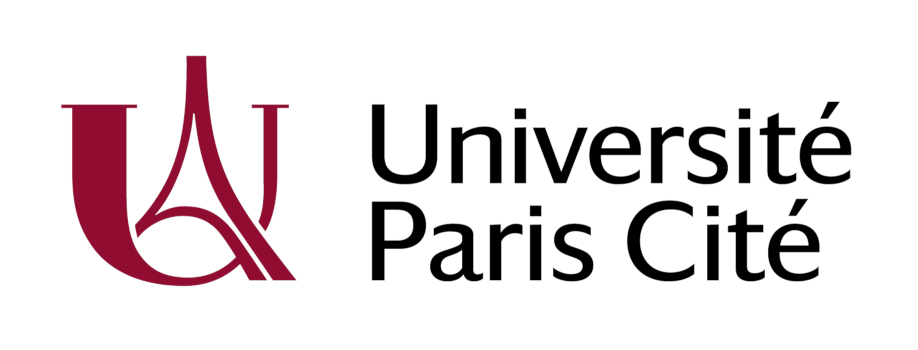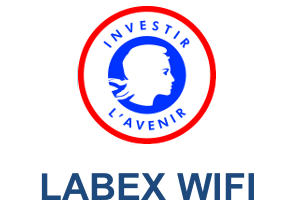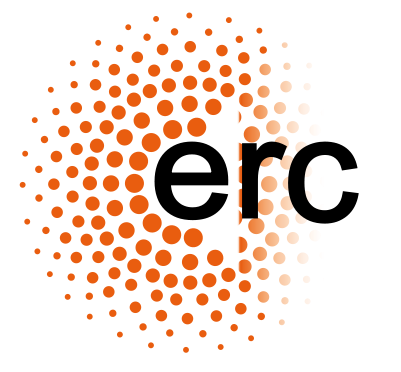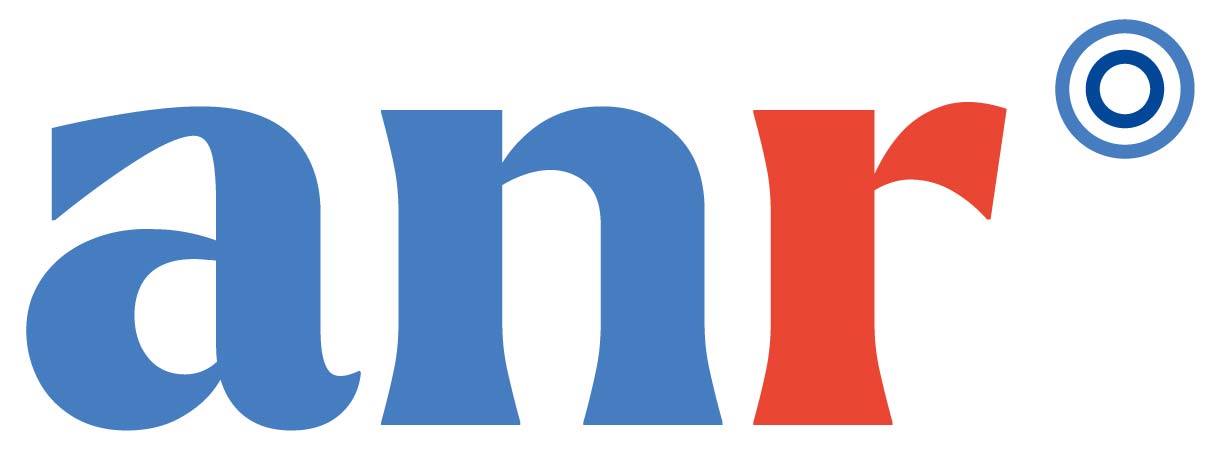Context : This Master 2 internship is part of the ERC project MIRACLE-AD, led by Pedro Mecê at the Institut Langevin/CNRS, in collaboration with Prof. Elsa Angelini from Télécom Paris. The project aims to unravel the mechanisms of neurovascular coupling (NVC) — the process that links neuronal activity to local blood flow regulation — whose early dysfunction is considered one of the earliest hallmarks of Alzheimer’s disease (AD). Since the retina is the only optically accessible part of the central nervous system, it offers a unique opportunity to study NVC at the cellular level.
Recently, the group led by Pedro Mecê has pioneered a cutting-edge optical imaging method for cellular-resolution retinal imaging : the Adaptive Optics Rolling Slit Ophthalmoscope (AO-RSO). This system is unique in its ability to generate high-speed phase-contrast images across a wide field of view, allowing us to visualize individual red blood cells and vessel walls — key elements to study vascular responses in NVC. To date, in-house image processing methods require manual vessel selection to measure blood flow velocity and vessel diameter, but only for a single vessel.
Internship objectives : The goal of this internship is to develop an artificial intelligence (AI) -based advanced image processing pipeline to :
1. Quantify blood flow velocity across all vessels present in the field of view.
2. Segment vessel walls to assess vessel diameters across the entire field of view.
3. Characterize blood flow velocity and vessel diameter changes over time during the NVC process for all vessels within the field of view.
Environment : This work will involve close collaboration with researchers, engineers, clinicians, and PhD students from the Institut Langevin and the Paris Eye Imaging Group at the Quinze-Vingts Ophthalmology Hospital. Part of the internship will take place at the Quinze-Vingts Ophthalmology Hospital (Metro Bastille, Paris), where the imaging necessary for NVC studies will be acquired. The AI component will be co-designed with Telecom Paris’ expertise in image denoising, AI-based image segmentation, and particle tracking. Challenges will include working with limited annotated data, transfer learning from open-source and annotated OCT imaging cohorts, and focusing early in the project on image quality and denoising options.
Internship duration : M2 : 5-6 months
Possibility to continue in a PhD program : Yes.
How to apply ? Interested applicants should send a motivation letter and a CV including the names of two references.



